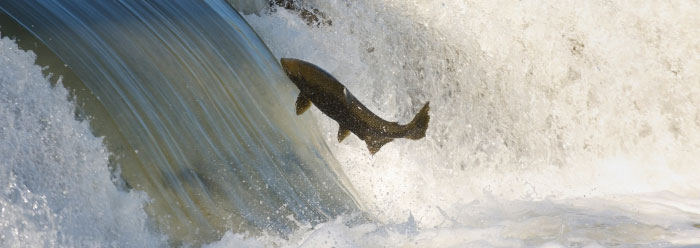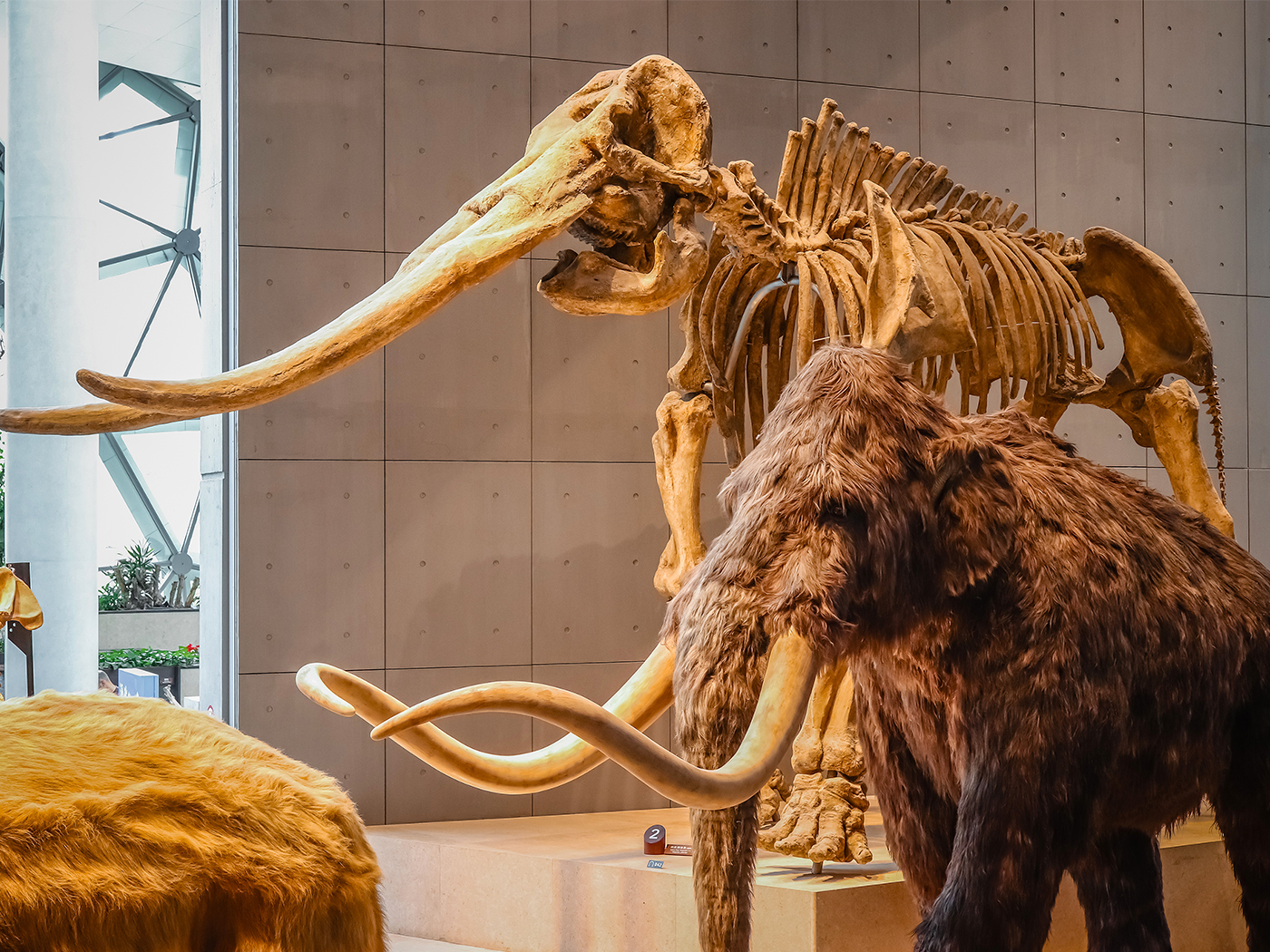How does the salmon find its way from the big, wide ocean to the same stream, hundreds of miles away to the exact same spawning ground of its birth? Studies have shown that the fish use their acute sense of smell to navigate, whereby chemoreceptor cells in their noses detect specific chemicals. Other studies have shown that salmon and other animals somehow also use an internal compass. Researchers have finally discovered it.
The salmon compasses were hard to find because they are so small. Individual cells contain microscopic clusters of magnetite crystals, the same mineral used in hand-held compasses. Scientists isolated them from salmon nose tissue cells and observed them under a microscope. Rotating a larger magnetic field around the tissues caused only the magnetic cells to rotate in sync. They wrote in the Proceedings of the National Academy of Sciences, "The cells were observed to rotate at the same frequency as the driving frequency of the external magnetic field."1
Apparently, the cells surrounding the magnetite-containing cells detect and transmit the angle of rotation data to sensory nerves that lead toward the fish brain. The brain coordinates combined chemical, magnetic, and other information, enabling the fish to successfully navigate.
Further, only one in 10,000 of the fish's nasal tissue cells were magnetite-containing magnetoreceptors. Senior author of the study, Michael Winklhofer of Ludwig-Maximilians-University in Munich, told Live Science, "If they were as closely packed as photoreceptor cells in the retina or as hair cells in the inner ear, then they would interfere strongly with each other, because their internal compass needles would produce a locally strong magnetic field, which would be felt by the neighboring magnetic cells. Such proximity would deteriorate the magnetic sense."2
The ingenious microscopic compass cells would not even work if they were not distributed as they are among surrounding cells!
Would anybody argue that a fully functional compass, complete with a spinning needle, could ever be arranged by accident? Apparently so. University of North Carolina Biologist and expert in animal's magnetic behaviors told Live Science that since other animals appear to navigate with compass-derived information, then they, too, must have internal compasses similar to salmon. He therefore suggested that additional kinds of magnetoreceptors may have evolved separately.
But there is no evidence for this. It is, as always, an assertion based on a pre-existing commitment to evolution. In fact, the assertion that compasses evolved, which means they constructed themselves piece-by-piece without intelligent input, ignores the fact that the irreducible core compass structure cannot be reduced or amended without destroying its function. The crystals, the cell's placement, the cell-to-cell sense receptors, and the means to communicate the magnetoreceptor data to the brain for processing must all exist at the same time. And that required a master engineer.
References
- Eder, S. et al. Magnetic characterization of isolated candidate vertebrate magnetoreceptor cells. Proceedings of the National Academy of Sciences. Published online before print on pnas.org July 9, 2012.
- Wolchover, N. Likely Source of Animals' Magnetic Sense Identified. Live Science. Posted on livescience.com July 9, 2012, accessed July 17, 2012.
* Mr. Thomas is Science Writer at the Institute for Creation Research.
Article posted on July 30, 2012.




















